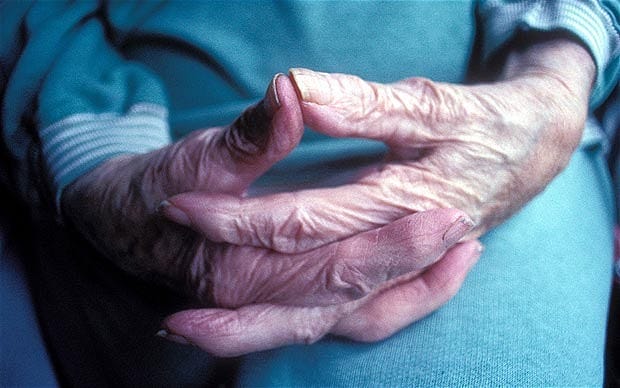
Everyone once in a while, a story of abuse comes out that is almost too horrific to believe.
A resident from a Queensland nursing home has been rescued after it was discovered that she was tied to a chair for 12 hours a day.
The woman who is reported to have down syndrome, would fight and scream against the restraints.
Though limited details of the case were revealed, it’s believed that she was tied up to restrict her movements and behaviour, possibly to make caring for her easier or to stop her from lashing out at staff.
Whatever the reason, the practice was inhuman in this case.
According to MyAgedCare, some examples of physical restraints include bed rails, lap belts, restraining chairs, table overlays, hand mitts and vests.
Because research shows that using physical restraints can cause harm, a restraint-free environment is the recommended standard of care for aged care homes.
Aged care homes should regularly review the number of times they use physical restraint and look for other methods and techniques before the need for physical or chemical restraints.
Public Advocate Mary Burgess is demanding the Government to ban “restrictive practices”, such as being tied up, locked away or sedated, in aged care homes.
“We owe older members of our community greater regard and respect than to permit this situation to continue,” she told The Sunday Mail.
“It is difficult to understand why no action has been taken to address this issue, when on a daily basis older Australians in aged care facilities across the country are being subjected to physical and chemical restraint and seclusion without any oversight or accountability.”
“It was discovered that the woman was being held in restraints in a chair for up to 12 hours per day, was screaming all the time and had also been assaulted in the chair by another resident at the facility,’’ the OPG told a Senate inquiry into aged care abuse.
“The only issue that could be holding the Government back from legislating to regulate the use of restrictive practices is pressure from the aged care industry.”
The Queensland Government’s Office of the Public Advocate refused to reveal the name of the nursing home, and whether it or its managers or staff had been prosecuted or sanctioned.
What do you have to say? Comment, share and like below.
In Victoria we have to have family consultation along with doctor etc etc (holistic team) for restraint (horrrible word) this includes if even if a concave mattress is needed (these mattresses have higher sides to protect the resident from falling out of bed) Bed rails are also considered a restraint. Paper work has to be completed this is all written up in Policy and Proceedures Do they not have that in QLD ??? Isn’t this “Federal” requirements ??? If not why not ???
Some forms of restraint need to be used with non ambulant residents who,due to dementia,don t remember that they cannot walk. If you let people get up from their chair,try to take a step,then fall onto the floor you would be negligent. However you cannot have someone standing beside these residents telling them why they cannot get up. Therefore restraint,as in a traytable,gives the carer time to address the resident concern,ie i need to start dinner,the children have to be got ready for school ect. I have seen the terrible injury caused to a double amputee who forgot he couldn t walk,and fell headfirst from the side of his bed. The use of restraint to prevent wandering should however be avoided.